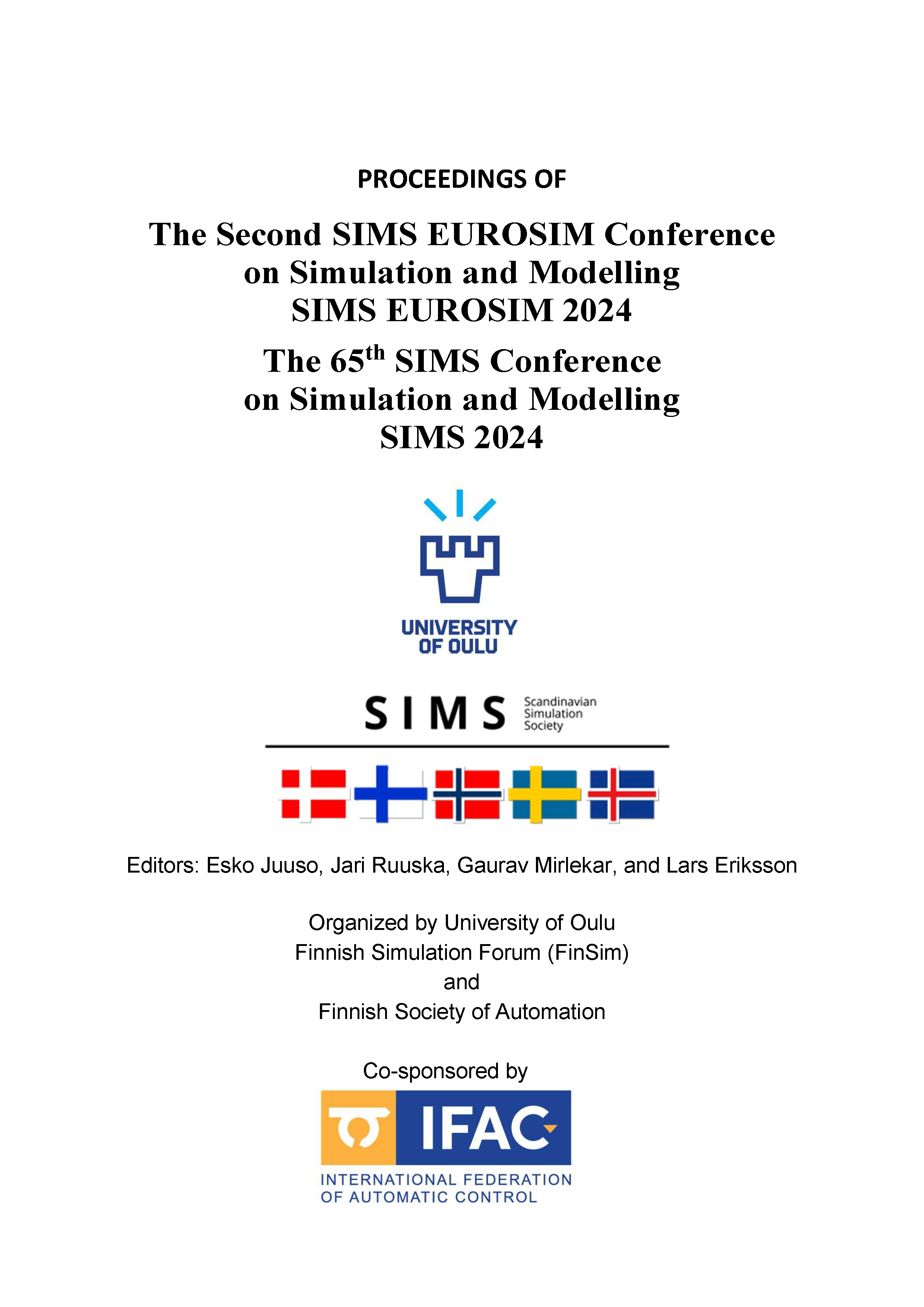Numerical Methods for the Flow Fields; A Comparative Review
DOI:
https://doi.org/10.3384/ecp212.064Keywords:
Fluid Flow Simulation, Mesh-free Methods, Grid-based Methods, Particle-Based Methods, High-Resolution Simulation, Parallel ScalabilityAbstract
This paper provides a comparative overview of four numerical methods widely employed in computational fluid dynamics and related fields: Finite Volume (FV), Lattice Boltzmann Method (LBM), Smoothed Particle Hydrodynamics (SPH), and Spectral Methods. FV discretizes the domain into control volumes, emphasizing conservation laws and flux integrals across cell faces. It's renowned for its robustness, particularly in complex geometries. LBM is a mesoscopic approach simulating fluid dynamics through particle interactions on a lattice grid. Its intrinsic parallelism and ability to handle complex boundary conditions make it suitable for multiphase flows and porous media simulations. SPH represents fluids as a set of particles, where properties are smoothed over neighboring particles using a kernel function. SPH excels in free surface flows, astrophysical simulations, and fluid-structure interaction due to its Lagrangian nature and adaptive resolution. Spectral Methods discretize functions using orthogonal basis functions, such as Fourier or Chebyshev polynomials, enabling high-order accuracy and spectral convergence. They are preferred for problems with smooth solutions and periodic boundary conditions, like turbulence simulations and wave propagation.Downloads
Published
2025-01-13
Issue
Section
Papers
License
Copyright (c) 2025 Jamshid Moradi, Amin Mahmoudzadeh Andwari, Juho Könnö

This work is licensed under a Creative Commons Attribution 4.0 International License.

